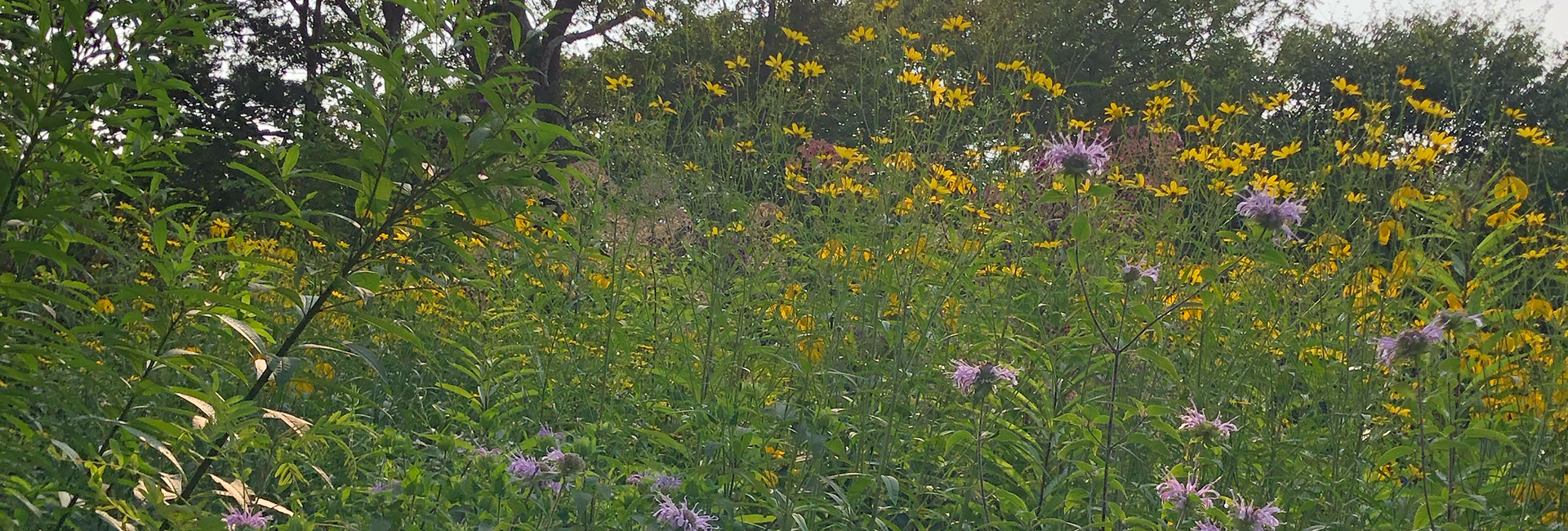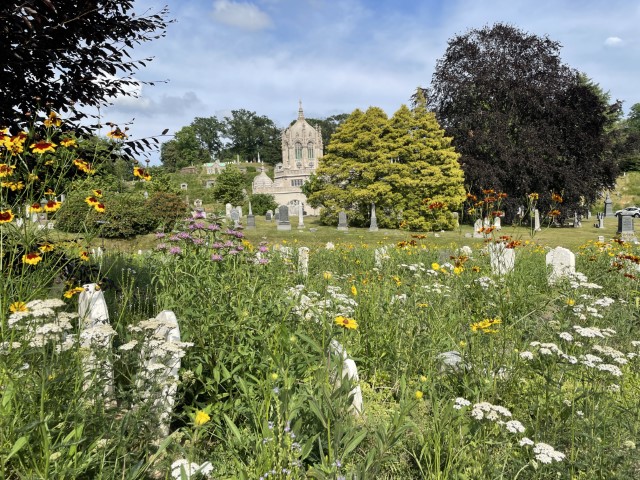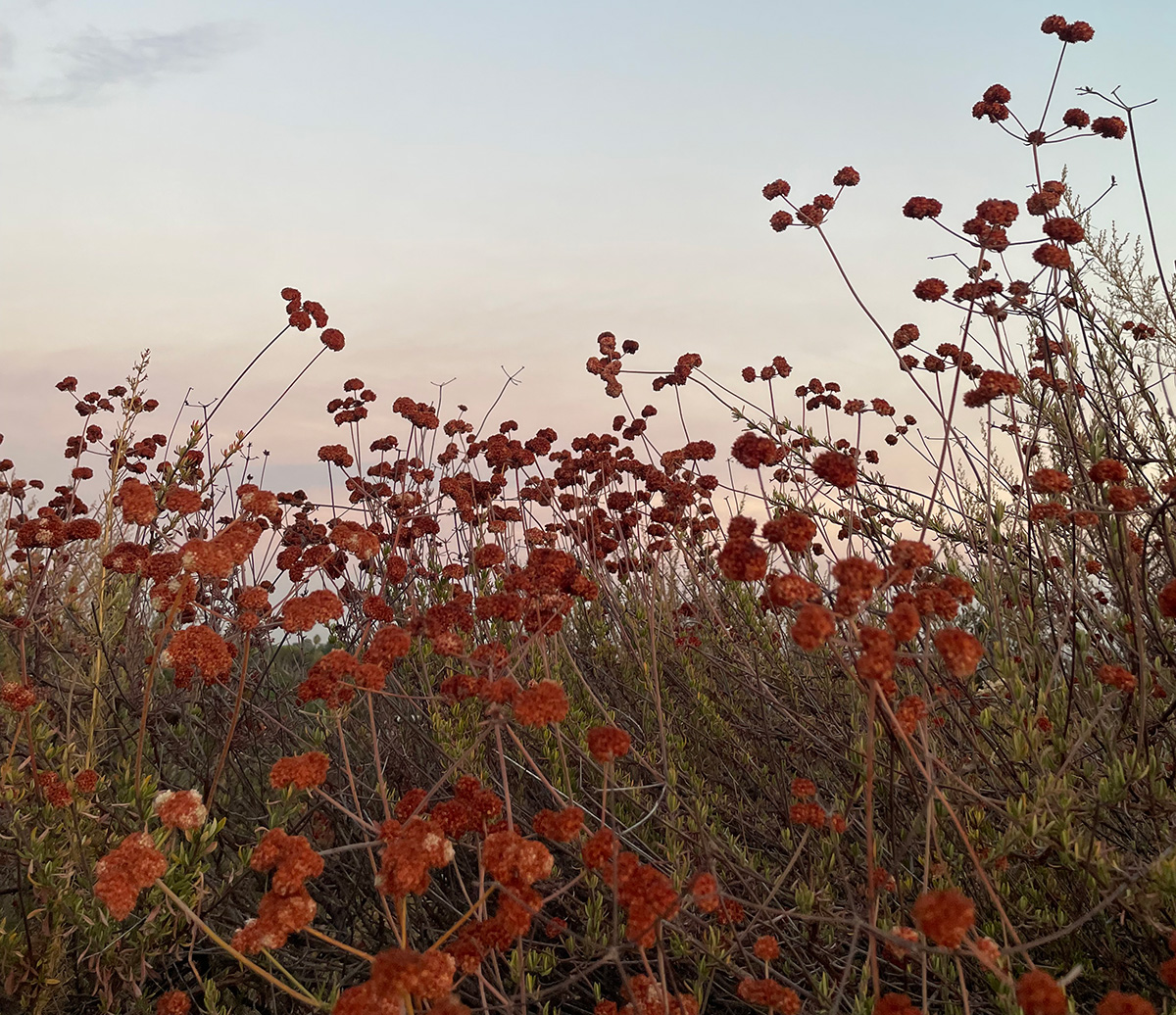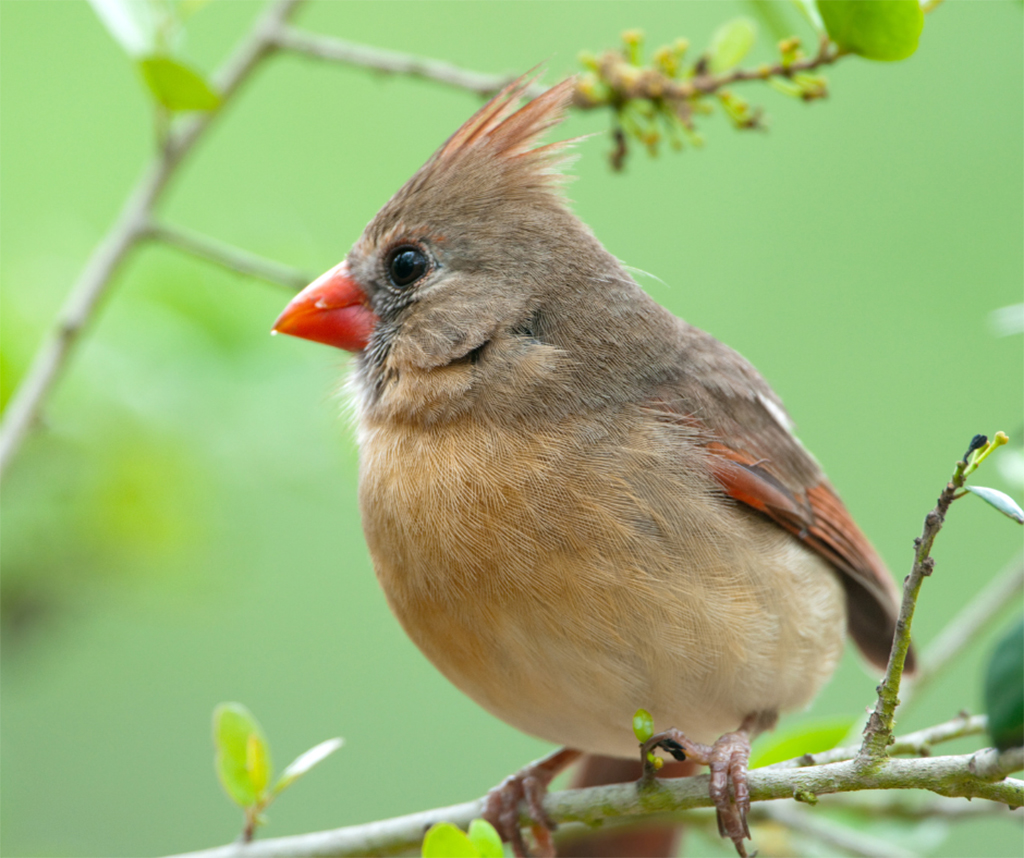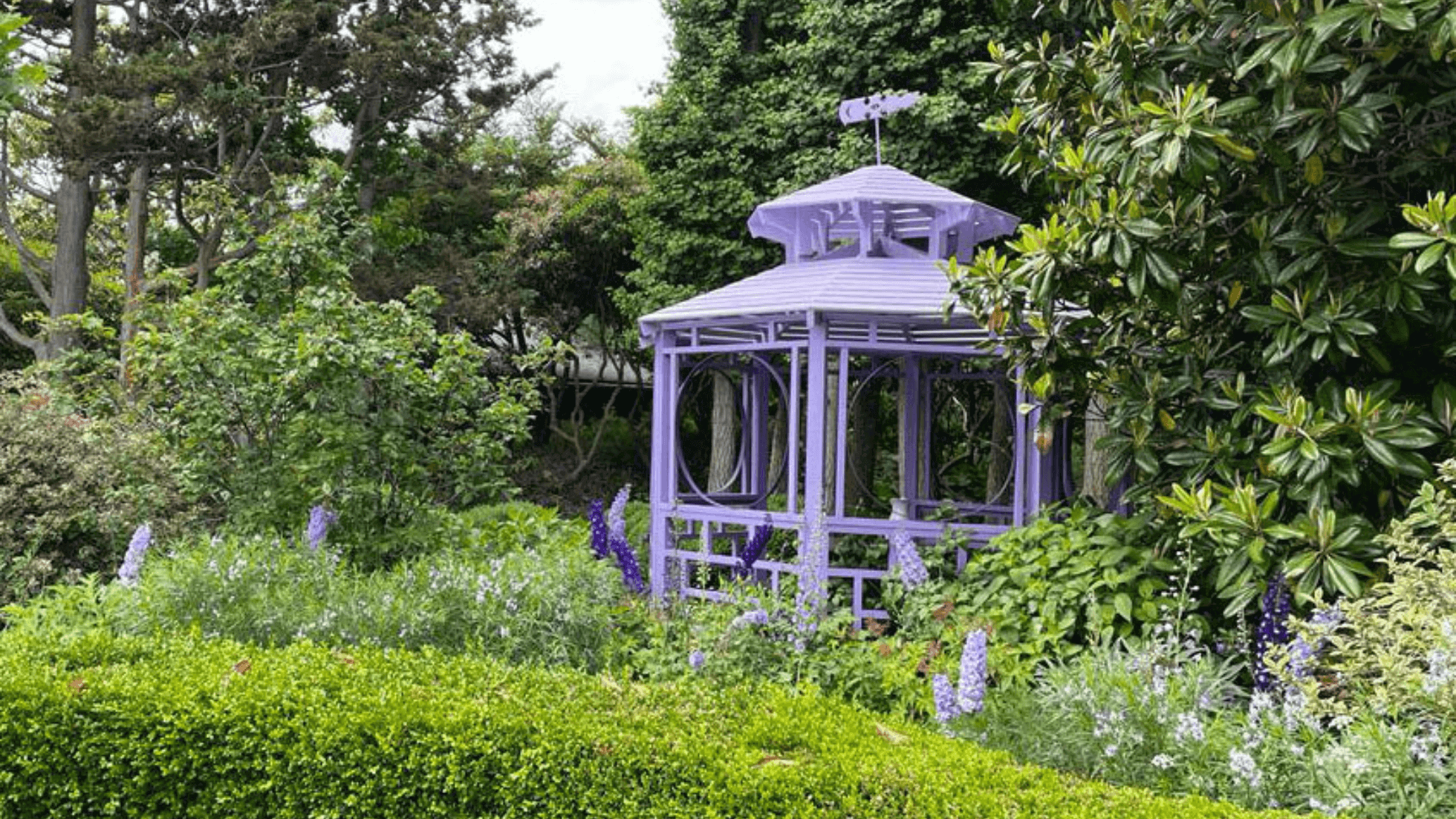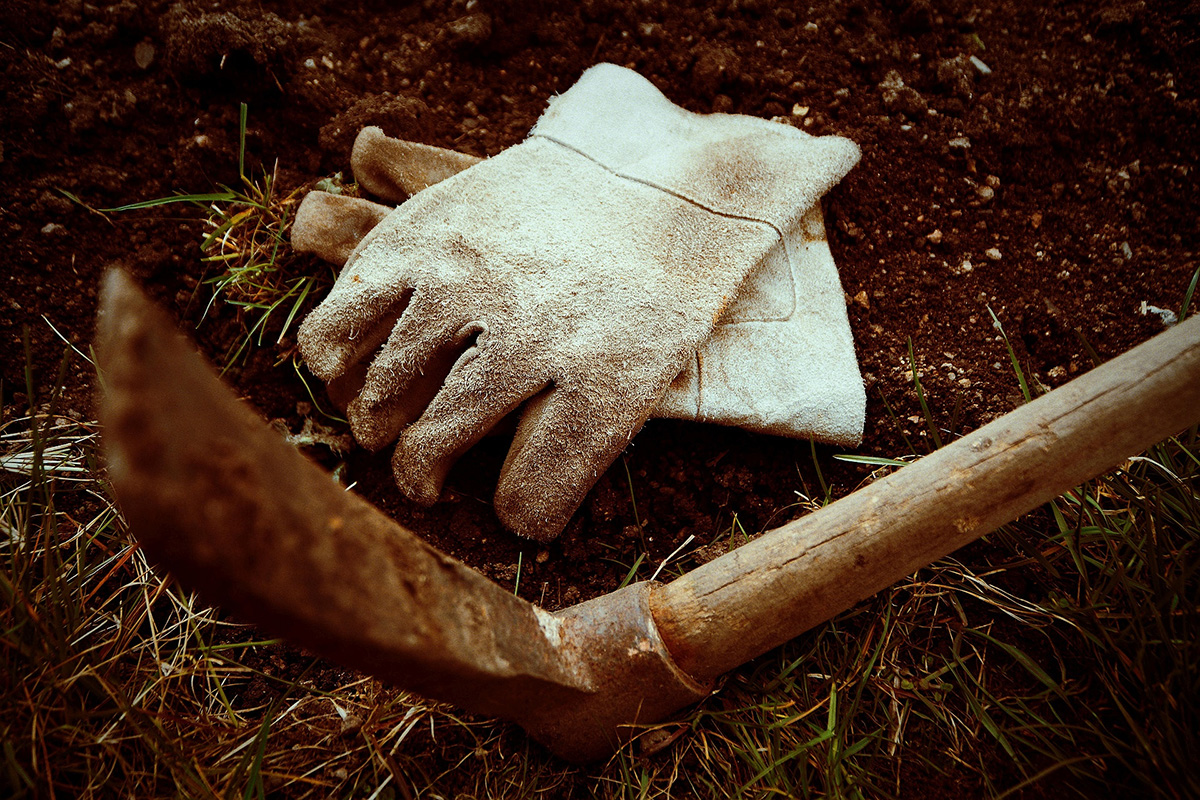
by Edwina von Gal
The soil beneath your feet, in your garden trowel, and on your gloves is fabulously alive, brimming with billions of organisms and untold communities of pro- and antibiotics. As a gardener, I have ingested a fair share of soil—mostly by happenstance: breathing the dust I kick up, nibbling a fresh pulled radish, pulling off my dirty gloves with my teeth. I welcome regular small doses and I am sure it is a key ingredient of my good health. I was happy to read “Get Dirty. It’s Surprisingly Good for Your Health” by Holly Burns in The New York Times this spring about how scientists are now discovering and reporting the science behind my hunch—the mental and physical health benefits of being around soil.
But the reporter left something out—the soil biome, which feeds the body’s biome. Wherever it’s working its magic, the soil biome is a complex combination of microscopic fungi, insects, and bacteria. It is exactly what pesticides (fungicides, insecticides, bacteriocides) target and destroy. My hunch says that any soil treated with pesticides, directly or indirectly, is not only lacking a healthy biome, but it is delivering a dose of pesticides to the consumer’s gut biome too. The best meal for your biome, better than any purchased probiotics, is under your feet. But is it alive, and toxic-free? It’s your place to decide.
Learn more about how to have a flourishing, toxic-free garden here.
